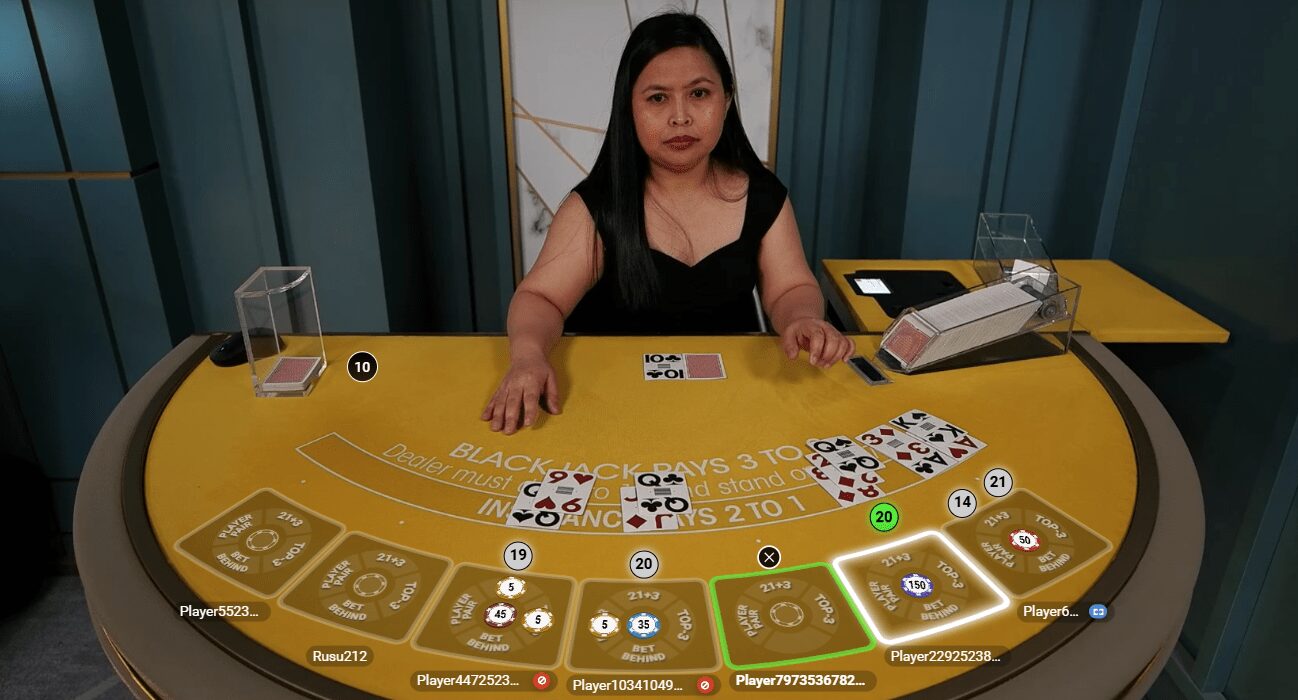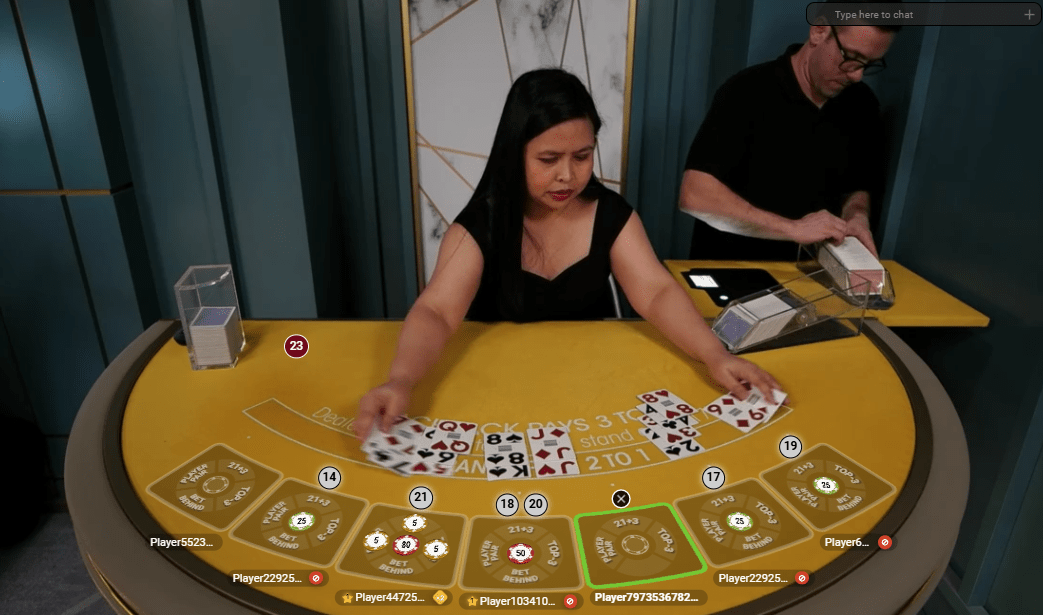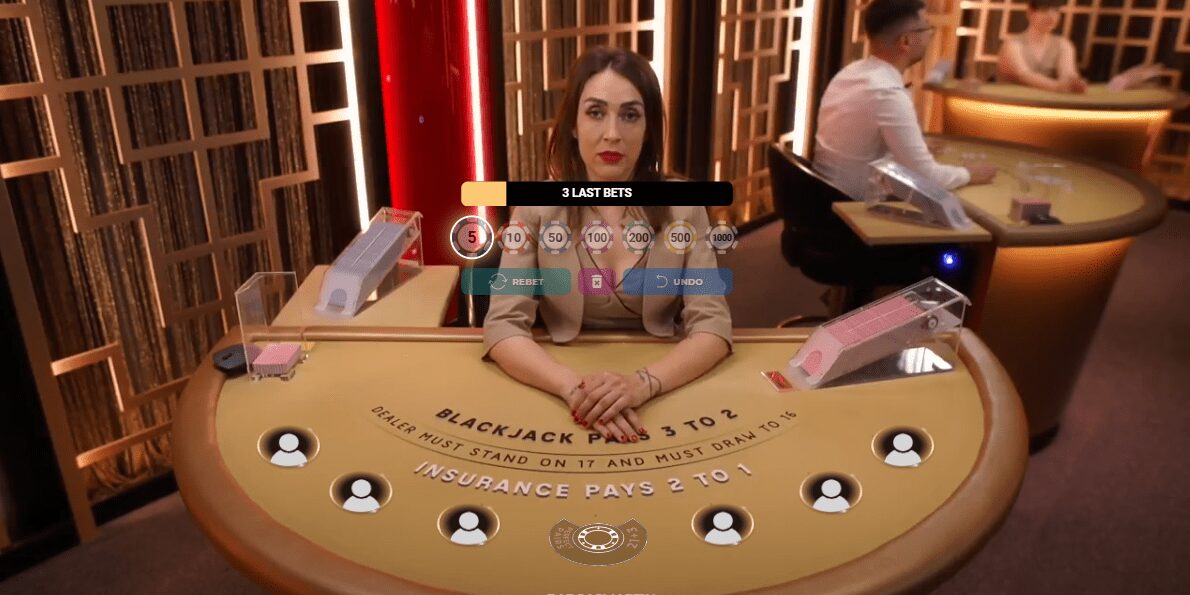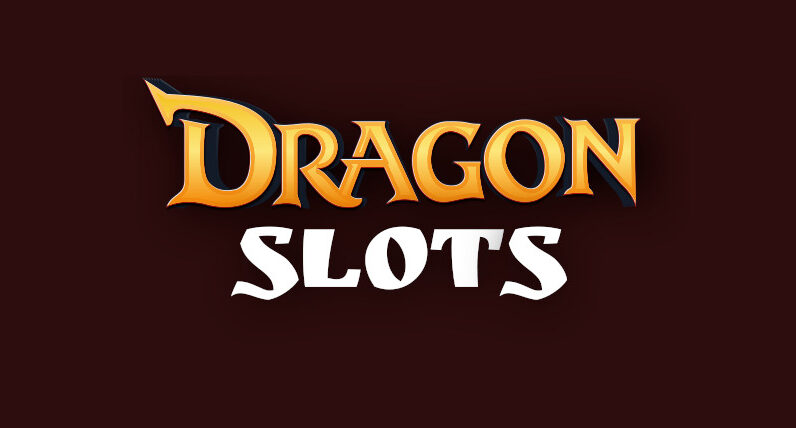
Table of Contents
What is Card Counting in Blackjack?
Card counting is simply keeping a mental tab of which cards have been played so you can judge whether the remaining deck(s) favour the player or the dealer. I say “simply” because the concept is straightforward, even if the practice takes a lot of time to do properly.
The basic idea is this: low cards (2–6) help the dealer more, while high cards (10s and aces) help the player more. If we consider that standard blackjack is played with 8 decks in a shoe, and the penetration is around 70 to 75%, that means most casinos deal roughly six decks before reshuffling.
During that time, if more low cards have already been dealt, the shoe becomes rich in high cards, and that’s when players have the edge. High cards increase your chances of landing a blackjack (which pays 3:2) and reduce the dealer’s ability to draw safely on weak hands.
Note from Australian Gamblers: Higher penetration is generally considered to favour card counters because they get more opportunities to track the ratio of high and low cards. Card counting is all about having more information, so the higher the penetration, the more information you get about the game, so you can adjust the bets accordingly. Lower penetration favours the casino because it reduces the effectiveness of card counting.
When the deck is heavy with low cards, the opposite happens – the dealer benefits. Why? Because when there are many low cards left (2 to 6), the dealer can safely draw to 17 or higher without busting as often. With a low-card-heavy shoe, you, as the player, get fewer opportunities for blackjacks and are forced to hit more often, which means your odds are lower.
There are so many different counting systems that I wouldn’t get into the details too much, and I believe that if you’re a beginner or intermediate blackjack player, the only card counting system you need to know is the popular Hi-Lo system:
- 2 through 6 = +1
- 7 through 9 = 0
- 10, J, Q, K, A = -1
This is how this system works: every time a low card appears, you add one to your count. You don’t add anything for 7s, 8s, and 9s, and every time a 10, Ace, or a face card appears, you subtract one. The math is actually very simple: the higher your running count, the more high cards remain in the shoe, which means you should bet more. If the count drops below zero, you either keep your wagers small or don’t play at all until the next reshuffle.
I know it seems really simple, but if it were that easy to beat the casino, everyone would be a millionaire, right? Experienced card counters really do have an edge, but I must point out that it’s still not a strategy that guarantees you’ll win 100% of the time. Even if you count the cards perfectly and it’s the perfect opportunity to bet high, you can still lose (because that’s how games of chance work).
But in general, these are the basic principles of card counting: you play when the odds favour you, and you sit out (or bet the minimum) when they don’t.
Tip from Australian Gamblers: It’s not uncommon for experienced card counters to sit at the table and count for 2 or 3 hours, or even longer, waiting for a good opportunity to bet. Patience is a huge part of card counting, so if you’re not willing to put in the hours, this is definitely not the strategy for you.
How to Count Cards in Blackjack?

Card counting is converting the cards you observe on the blackjack table into numbers, and then using those numbers to change your bets (or decide whether to play or not). I’ll explain the steps for the Hi-Lo system and how you should start:
First, you assign values to the cards.
With the Hi-Lo system, low cards 2-6 are +1, 7-9 are 0, and 10/Ace/Face cards are -1. That means that every time a low card appears, you add +1, and every time a ten-value or Ace comes out, you decrease it by one.
Second, you count every single card that appears on the table, not just your own hand or the dealer’s.
You count ALL cards that have been dealt, whether they belong to you, the dealer, or another player. The idea is to count every card that has been dealt and every card that remains in the shoe. For good card counters, the more players on the table, the better. Simply put, the more cards you count, the better your count is.
Next, you keep a running count as cards are dealt.
If the first three cards are 5, K, 3, your running count would be: +1 (for the 5), -1 (for the K), and +1 (for the 3). The total is +1.
Running count.
The running count gives you an idea whether more small or high cards have been played, but it means nothing until you adjust for how many decks remain.
The next step: the adjustment.
You now need to convert the running count to the true count. The true count is the running count divided by the number of decks remaining in the shoe. If your running count is +6, and there are three decks left (a penetration of 62.5%), the true count is +6 ÷ 3 = +2.
Once you’ve worked out the true count, the next step is to use it to make (or not make) bets at the table. There are two main things to focus on: bet sizing and strategy deviations.
Bet sizing is straightforward: when the true count is positive, you can increase your wager because the deck favours you. When the true count is zero or negative, you either bet the minimum or sit out if possible, because the deck is giving the dealer an advantage.
A true count of +1 basically means you and the dealer are even (0% house edge, or true odds). So, a true count of +2 or greater means that the odds are in your favour. Each increase in true count corresponds to a player’s edge of around 0.5%. So, with +2 true count, you have 0.5% edge over the dealer, etc.

In practical terms, for a standard 8-deck game, a true count of +2 or higher is where you get the edge over the casino, and this is where bet sizing and strategy deviation start to be important. Some players don’t start betting until the true count is +5, while others slowly start progressing with their bet sizes, even from a +2 true count.
What’s very important to remember is that you don’t stop counting when you start placing bets.
Strategy deviations are small adjustments to the basic blackjack strategy depending on the true count. For example, if you have 16 vs a dealer 10 and the true count is high (say +5 or more), it might make sense to stand instead of hitting, because the remaining deck is rich in tens and the dealer is more likely to bust or draw a strong hand that you can’t beat by hitting.
Obviously, if you’re at a casino and you suddenly start placing bigger bets and deviating from the basic strategy, the casino staff will immediately notice it and call it out. As I mentioned, casinos don’t like card counters, not because it’s illegal, but because they lose their edge, which is why betting and deviation need to be very subtle and carefully managed.
Tip from Australian Gamblers: Learning to count cards isn’t the hard part, and as you can see, the systems themselves are simple enough for anyone to pick up. The real challenge is putting it into practice: knowing when to raise your bets, when to sit out, and how to avoid drawing attention from the casino staff. I’ll be honest here: that’s something you can’t master from a single guide, as it takes years of experience. Most professional counters don’t work alone but operate in teams, and even then, casinos can and do catch them and kick them out.
Keeping a running count is the first part, but that should translate into bets. So, you need to determine your minimum and maximum bets. As a rule of thumb, your minimum bet is usually the table’s standard minimum (like A$50). This would be your wager when the true count is zero, 1, or negative. Your maximum bet depends on your initial bankroll, the true count, and your variance strategy.
For example, many counters use a bet spread of 1-8, meaning that their largest bet is eight times their minimum. This is a good middle ground for variance. Some conservative counters stick to 1-4 to avoid drawing attention and reduce the risk, but it’s not uncommon for players to use a bet spread of 1-16, too.
The idea is to scale the bets gradually as the true count increases. For a bet spread of 1-8, this is how much you need to bet based on the true count:
- True count +1 > 1x minimum bet
- True count +2 > 2× minimum bet
- True count +3 > 3× minimum bet, and so on
Is Low or Big Bet Spread Better?
The larger your bet spread, the more money you can make when the count is favourable, but it also increases the risk of being noticed, and the risk of losing a lot of time in a short period of time if you get a few bad beats.
Experienced counters mix their bet sizes. Sometimes they bet flat all the time, or occasionally, make smaller bets to disguise their strategy.
I have to point out, though, that even when counting perfectly, blackjack is still a game of chance, so you will need a bankroll large enough to survive cold streaks. Depending on how favourable or unfavourable the table is, you need 200 times your minimum bet for the best tables, and around 1000 times your minimum bet for slightly worse tables. In other words, if the table minimum is A$50, you should have A$10,000-A$50,000 available.
Practical Tips for Card Counting in Blackjack
| Summary of Applicable Blackjack Rules | |
|---|---|
| Number of decks | Eight |
| Dealer hit or stand on any soft 17 | Stand |
| Can player double after split | Yes |
| Player can double on | Any two cards |
| Player can split | One hand |
| Player can split aces | Yes |
| Player can hit split aces | No |
| Entire player bet lost vs Dealer BJ | Yes |
| Late surrender allowed | No |
| Blackjack pays | 3:2 |
If you’re serious about card counting, it’s not just about keeping a running count. The blackjack game and table you’re playing are equally important. For example, some rules in blackjack are favourable for the card counter, while others are not. I’ll now break down the favourable and unfavourable rules for card counters, and I’ll later explain how online vs land-based blackjack stacks when it comes to table rules.
Favourable rules:
- Double down options: Being allowed to double down on any two cards, or after splitting, gives you more ways to make the most out of the game when the true count is positive.
- Dealer stands on soft 17: If the dealer must stand on a soft 17 (Ace + 6), it slightly increases your edge, so it’s a favourable rule.
- Blackjack pays 3:2: Standard payout for natural blackjack is better than the 6:5 variants that some casinos use.
- Fewer decks in the shoe: The fewer decks in the game, the better. Realistically, though, most blackjack games nowadays are played with 8 decks in the shoe.
- Deep shoe penetration: The deeper the dealer deals into the shoe before reshuffling, the more accurate your running and true counts become, and the more opportunities to exploit.
Unfavourable rules:
- Limited double down options: Some casinos restrict doubling down to certain totals like 10 or 11, which reduces your ability to capitalise on favourable counts.
- Dealer hits on soft 17: This increases the dealer’s chance of improving a weak hand and reduces your advantage.
- 6:5 blackjack payout: If a natural blackjack only pays 6:5 instead of 3:2, it’s much harder to maintain a counting edge, and even a good true count number won’t be enough to remove the house edge.
Why Deck Penetration is So Important
Deck penetration is arguably the most crucial factor in successful card counting. It refers to how deep into the shoe the dealer deals before shuffling. The deeper the penetration, the more cards are out of play and the more accurate your running count becomes.

For example, in a standard 8-deck game:
- If the dealer shuffles after only 30-40% of the shoe is dealt, your count doesn’t matter. There’s so much uncertainty left in the undealt portion of the shoe that card counting is basically useless.
- If the dealer deals 70-80% of the shoe before reshuffling, you can use your running count. By the time you reach the end of the shoe (you monitor it visually), you know whether the remaining cards favour you or the dealer, and you can size your bets accordingly.
Card counting ONLY makes sense for high penetration shoes. If you’re playing a blackjack game where the penetration is low (50% or below), don’t waste your time and effort card counting because it’s useless. Low penetration neutralises counting, so the best you can do is just use the basic blackjack strategy and play with a low house edge of around 0.5%.
Card Counting in Online Blackjack
Let’s clear up a common misunderstanding right from the start: card counting is impossible in online blackjack games that use RNG (random number generator) software (video-game style table games). In these games, the deck is effectively shuffled after every round, so there’s no way to track which cards have already been dealt. So, if you were hoping to use card counting in RNG or “video” blackjack, the short answer is: no, it won’t work.
That said, card counting is possible in live-dealer blackjack games. These games use real cards dealt in real time by a human dealer, so the shoe isn’t shuffled after every hand. The real question, though, is whether it’s worth attempting to count cards online.
There are pros and cons to it, but before we get into too many details, I need to point out that there are practical challenges that make it much harder than in land-based casinos. In the following section, I’ll break down what you need to know before even considering it.
Live dealer blackjack is effectively the same game as land-based blackjack, so card counting must work well, right? Well, yes and no. Yes, in live-dealer blackjack, all the principles of card counting still apply, but there are a few obstacles that make it trickier than playing at a land-based casino like the Crown Sydney.
The first and most important obstacle is finding favourable games online. While you can still look for tables with rules that favour players, like double-down flexibility, dealer stands on soft 17, and 3:2 blackjack payouts, these tables are less common online and are usually only available for higher-stakes tables, which means that not every player can comfortably access them.
However, let’s say you’ve found a good table. The biggest limitation for card counting in online blackjack is deck penetration. Online live-dealer games often shuffle the shoe much earlier than in land-based casinos. Most live tables only deal 50-55% of the shoe before reshuffling, compared with 70-80% or more in physical casinos.
I explained how card counting is ineffective with low deck penetration, which means that while, technically, you can count cards in live dealer blackjack, it’s pretty much useless.
Another issue I have noticed is the blackjack speed. It’s genuinely hard to find a table with the right speed for card counting. Standard blackjack is usually too slow, with around 25-30 seconds for the betting round. And with the regular reshuffling (due to the lower penetration), the game will seem very slow for experienced card counters.
On the other hand, there’s speed blackjack, which only gives you 8 seconds to place your bets. Yes, this is a much quicker game, but even experienced players like myself will struggle to keep tabs on the true count and will oftentimes miss the betting timer.

One clear advantage of counting cards in online live-dealer blackjack is that, unlike in land-based casinos, you won’t get kicked out or banned for doing it. The casino has no way to physically remove you from the table, and while they might notice unusual betting patterns, the consequences are far less severe than in a physical casino.
Note from Australian Gamblers: Land-based casinos in Australia constantly change the blackjack rules (usually to the worse for players), so don’t be surprised if you can’t find the same table you were playing the last time you visited. For example, the tables without CSM (Continuous Shuffle Machine) start at A$50 and A$100 (and you can still double down only on 9s, 10s, and Aces), which means that variance will still be too high and you need a bankroll of 1000 times the min bet to be successful, or A$50,000.
Takeaway: Card Counting Can Work, But It’s Not For Everyone
Card counting actually had a massive surge in popularity in the late 2000s and early 2010s after the release of the movie 21, starring Kevin Spacey and based on the real-life story of the MIT Blackjack Team. After that film, thousands of players thought card counting was an easy way to make quick profits, and many lost millions trying to do it themselves.
Yes, card counting can be effective, but in reality, it requires exceptional skill, teamwork, and bankroll management to generate substantial profits. So while I can recommend learning it as a strategy for fun and a way to understand the game better, I wouldn’t recommend trying to make a living out of card counting.
The situation is even worse when it comes to online blackjack. While, in theory, you can count cards in live dealer blackjack, the table rules and deck penetration are unfavourable for card counters, so it’s simply not worth your time and energy.
Latest Articles
- https://responsiblewagering.com.au/
- https://www.gamblinghelponline.org.au/
- https://gamblershelp.com.au/get-help/

 Mike Waters
Mike Waters  Matthew Scott
Matthew Scott 

